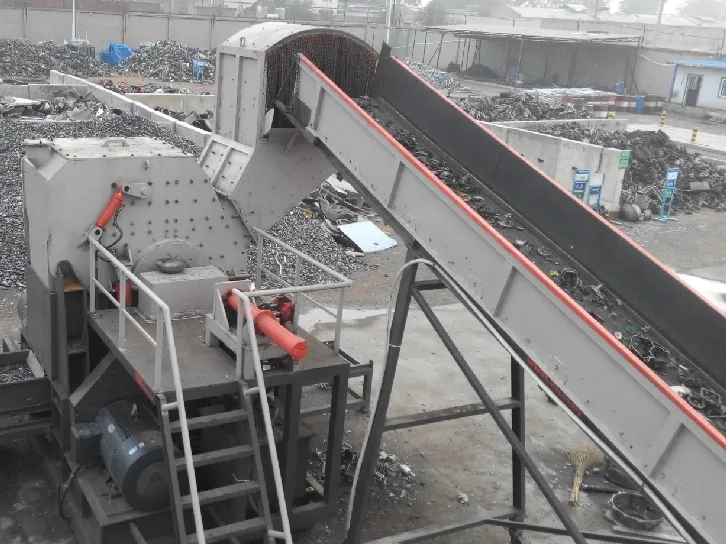Disposing of electronic devices responsibly is a crucial aspect of maintaining environmental sustainability and ensuring data security. Many people often find themselves puzzled about how to appropriately get rid of their old gadgets without harming the environment or risking their personal information. Whether it's a smartphone, laptop, or any other electronic device, each poses unique challenges in disposal. Here are some expert-backed methods to help you dispose of electronic devices while maintaining a focus on sustainability and data protection.

Begin by understanding the importance of e-waste recycling. Electronic waste, or e-waste, is a significant contributor to environmental pollution. The toxic components in these devices, such as lead, mercury, and cadmium, can leach into the soil and water if not properly managed. Recycling e-waste is essential as it prevents these hazardous substances from entering the environment and allows for the recovery of valuable raw materials, which can be reused to produce new electronics.
To dispose of your electronics safely, start by backing up your data. Whether you're parting ways with a smartphone, laptop, or tablet, ensure that all your personal data is backed up to an external drive or cloud storage. This precaution not only safeguards your information but also prepares your device for the next crucial step data wiping.

Data wiping is an essential process to ensure that your personal or professional information does not fall into the wrong hands. Factory resetting your device might seem sufficient, but it's often not enough. Use specialized data-wiping software that complies with international data security standards to thoroughly erase all data. This software overwrites the existing data multiple times, making it nearly impossible to recover.
After ensuring your data is secure, research local e-waste recycling programs.
Many communities have designated drop-off locations for electronic devices. Check if there are any events in your area dedicated to e-waste collection or partnerships with retailers that offer take-back programs. By choosing certified e-waste recyclers, you can trust that the devices will be handled in an environmentally responsible manner, adhering to stringent recycling standards.
how do you dispose of electronic devices
For those devices that are still in functional condition, consider donating them. Numerous charities and organizations accept old electronics and refurbish them for reuse. This not only extends the life of the device but also aids those in need. Verify that the organization is reputable and has a process for data wiping to ensure any residual information is securely erased.
Another viable option is participating in manufacturer take-back programs. Leading technology companies often have programs designed to recycle or refurbish old products. Companies like Apple, Samsung, and Dell offer consumers the opportunity to return their outdated devices, usually in exchange for a discount on a future purchase. These programs ensure that the products are refurbished or recycled in a manner that complies with environmental standards.
Garner support from friends and family by spreading awareness about responsible electronic disposal. By educating your circle on the importance of e-waste recycling and data security, you can promote eco-friendly practices and instill a culture of responsibility towards electronic waste.
In conclusion, disposing of electronic devices is not only about getting rid of unused gadgets but also about protecting the environment and ensuring personal data security. By adhering to responsible recycling practices, utilizing data wiping tools, and opting for manufacturer take-back programs or donations, you contribute to a sustainable and safe digital ecosystem. Each action counts toward the goal of reducing electronic waste and promoting a cleaner, healthier planet. Remember, conscious consumer choices and proper disposal of electronic devices play a vital role in environmentally sustainable living.


